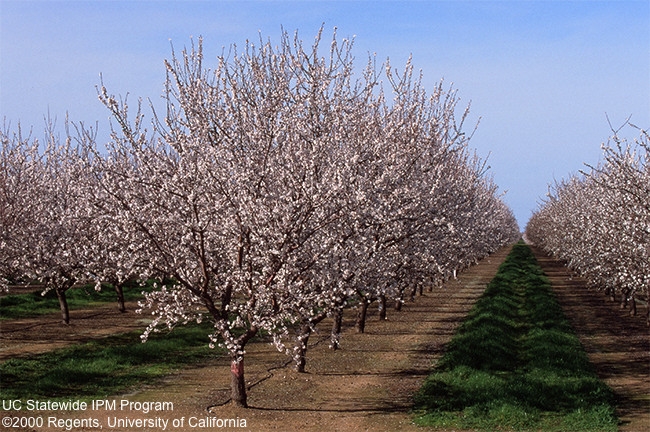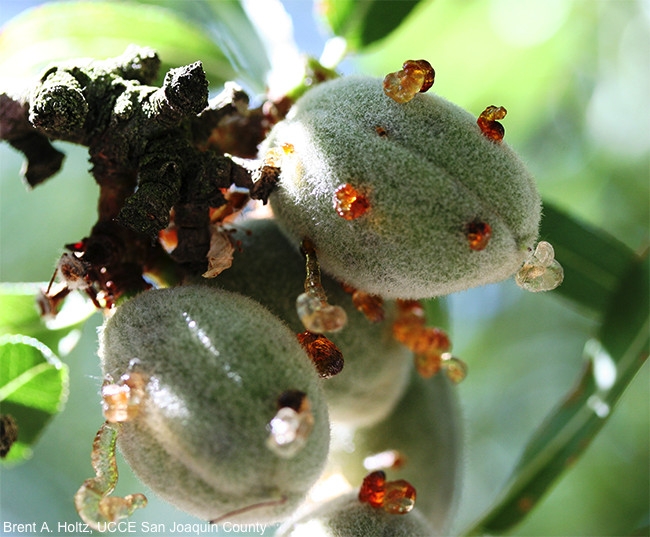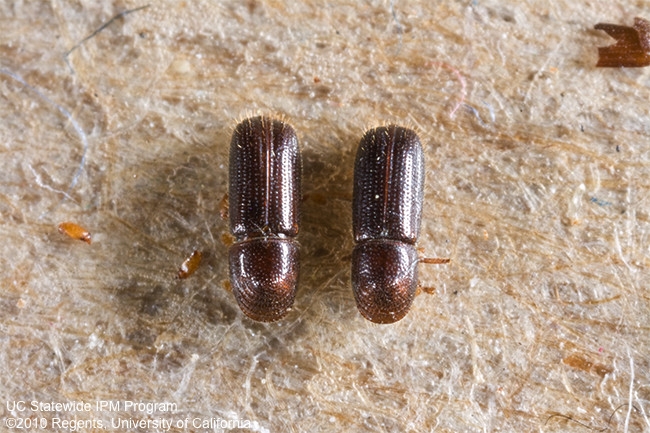Posts Tagged: pests
Bohart Museum Open House: Bed Bugs and Cochroaches and Pantry Pests
Entomology, or the scientific study of insects, is not just rural--it's urban, too. Think bed bugs, cockroaches, carpet beetles and pantry pests,...
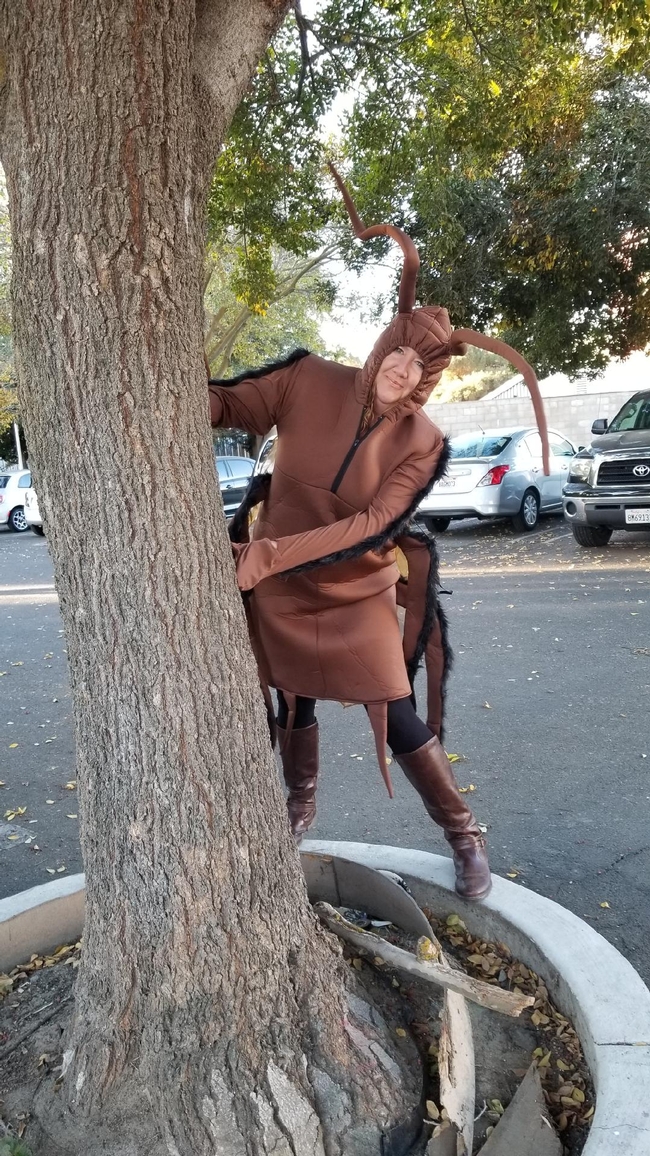
Karey Windbiel-Rojas of the UC Statewide Integrated Pest Management Program (UC IPM), plans to wear this cockroach costume to the Bohart Museum of Entomology open house on Sunday, Nov. 18, when she will greet visitors and answer questions. An urban entomologist expert, she's the associate director for Urban and Community IPM who serves as the area urban IPM advisor for Yolo, Sacramento and Solano counties.
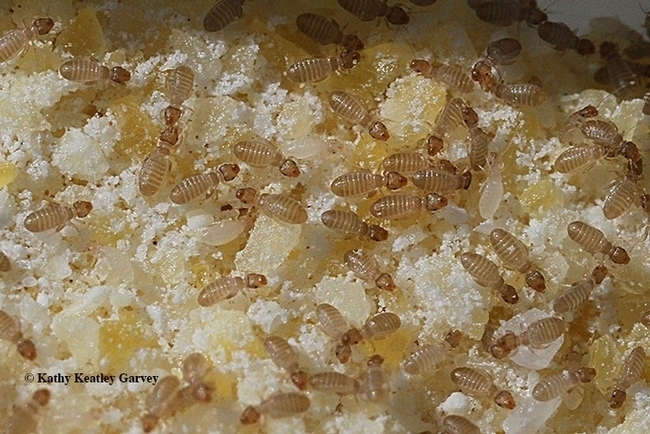
Pantry pests include booklice, pictured here in cornmeal. These nearly microscopic insects, Liposcelis bostrychophila, or "psocids" (pronounced "so kids"), are common pests in stored grains. They're usually unseen because they're about a millimeter long--about the size of a speck of dust--and are transparent to light brown in color. (Photo by Kathy Keatley Garvey)
Katja Poveda: Zeroing in on Plant-Insect Interactions
Let's consider plant-insect interactions in agro-ecosystems. That's what Katja Poveda, assistant professor of entomology, Cornell University,...
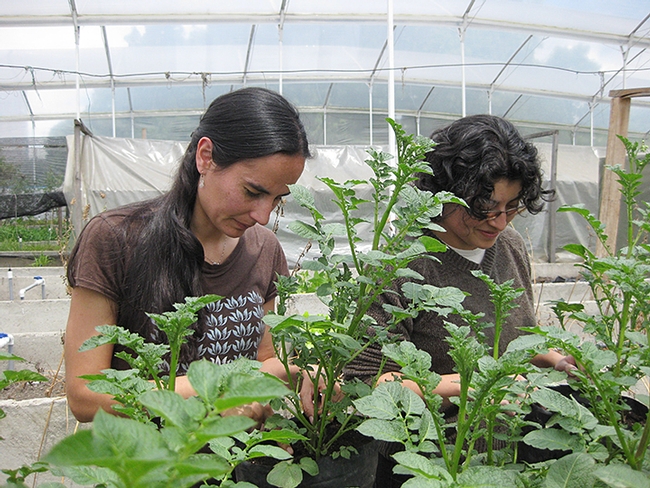
Katja Poveda (left), assistant professor of entomology at Cornell, working on potatoes in her greenhouse.
Almond and Walnut Pest Management Guidelines revised just in time for the holidays
‘Tis the season for baking lots of tasty treats. Breads, cookies, cakes, and candy are just a few that come to mind. What makes many of these treats so tasty is the addition of almonds or walnuts to the list of ingredients.
In California, we are lucky to be at the center of almond and walnut production. According to the California Department of Food and Agriculture's (CDFA's) latest Agricultural Statistics Review, more than 99 percent of the almonds and walnuts produced in the United States are grown in California.
Almond and walnut growers work tirelessly to supply enough nuts to not only satisfy domestic demand, but also for export. Worldwide, almonds rank as the largest specialty crop export. California is the top almond producer in the world, accounting for about 80 percent of all almonds grown. For walnuts, California ranks as the second largest producer in the world. To keep up with this demand, almond and walnut growers must be constantly aware of pests, diseases, and abiotic problems that can affect the tree and growing nuts.
The University of California Statewide Integrated Pest Management Program (UC IPM) has recently published revised Pest Management Guidelines for almonds and walnuts, helping growers prevent and manage pest problems with the most up-to-date information.
Revisions in the Almond Pest Management Guidelines include:
- A new section on bacterial spot, a new disease of almond in California found in the Sacramento and northern San Joaquin valleys
- A renamed section on fruit russeting, revised from the old powdery mildew section
- Significant revisions made to the management section of navel orangeworm, one of the major pests attacking California almonds
- Improvements on how to do dormant spur sampling section with easier-to-understand information on monitoring and thresholds
Revisions in the Walnut Pest Management Guidelines include:
- Updated information on the association between walnut twig beetle and thousand cankers disease
- New sections for Botryosphaeria and Phomopsis cankers, branch wilt, and paradox canker
- Significant changes to the walnut husk fly management section
Both the almond and walnut revised Pest Management Guidelines also include updated information on fungicide efficacy, weed management, and vertebrate management.
Authored by University of California specialists and advisors, the Pest Management Guidelines are UC's official guidelines for monitoring and managing pests in California crops. For more information on pest management in these or other crops, visit the UC IPM website.
Oh, the Bugs They Saw at the Bohart!
They learned about sawtoothed grain beetles, carpet beetles and other pantry pests. They learned about walking sticks, Madagascar hissing...
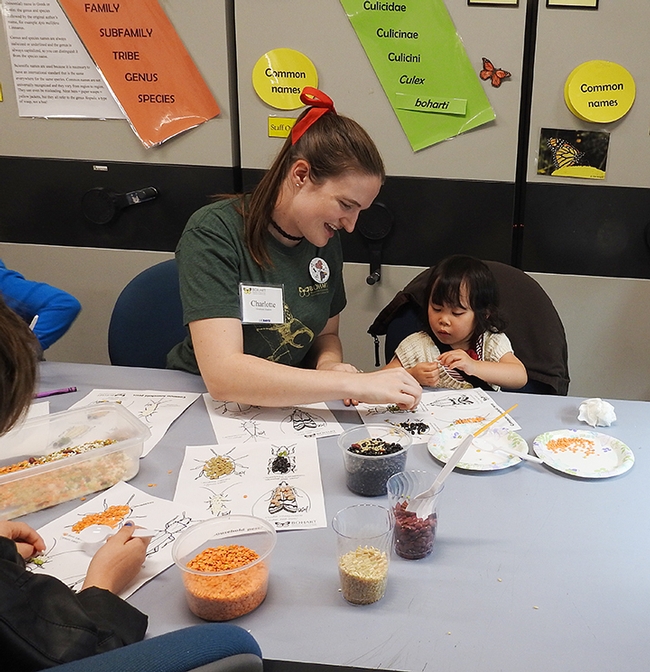
UC Davis entomology graduate student Charlotte Herbert helps Norah Nguyen of Vacavile, who will be three in January, with an arts and crafts activity. (Photo by Kathy Keatley Garvey)
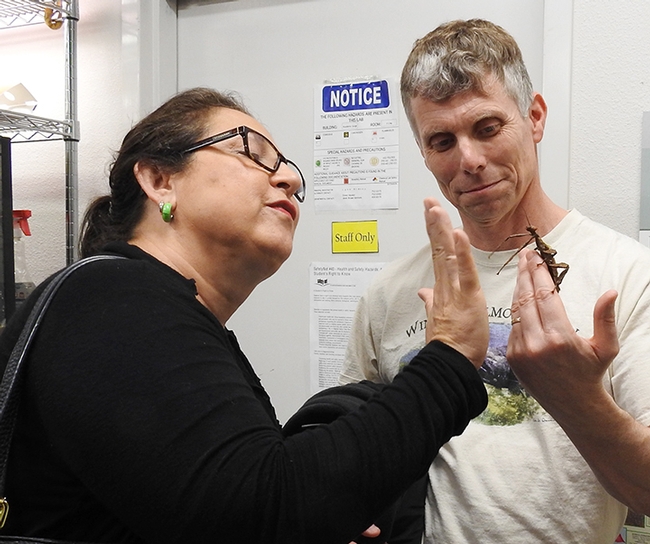
Newly elected Winters City Council member Jesse Loren high-fives a walking stick, perched on the hand of her husband, Brian Bellamy. (Photo by Kathy Keatley Garvey)
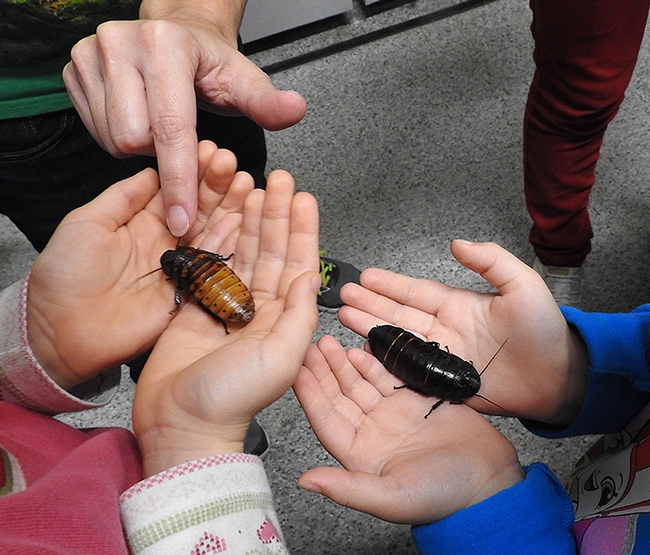
Madagascar hissing cockroaches, aka "hissers," occupy hands. (Photo by Kathy Keatley Garvey)

A Chaco golden knee tarantula, fondly nicknamed "Coco McFluffin," drew lots of interest. (Photo by Kathy Keatley Garvey)
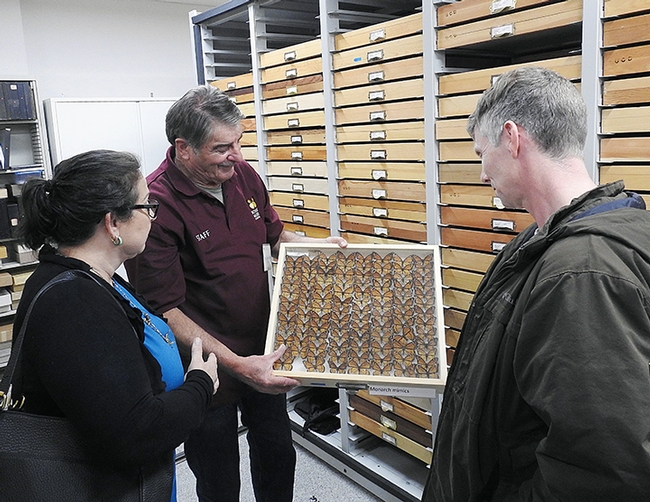
Bohart Museum associate Greg Kareofelas (center), shows viceroy butterflies to newly elected Winters City Council member Jesse Loren and her husband, Brian Bellamy. (Photo by Kathy Keatley Garvey)
'Invited' Guests and 'Uninvited' Pests at the Bohart Museum Open House Nov. 19
When the Bohart Museum of Entomology hosts its open house, “Uninvited Guests: Common Pests Found in the Home," from 1 to 4 p.m., Saturday,...
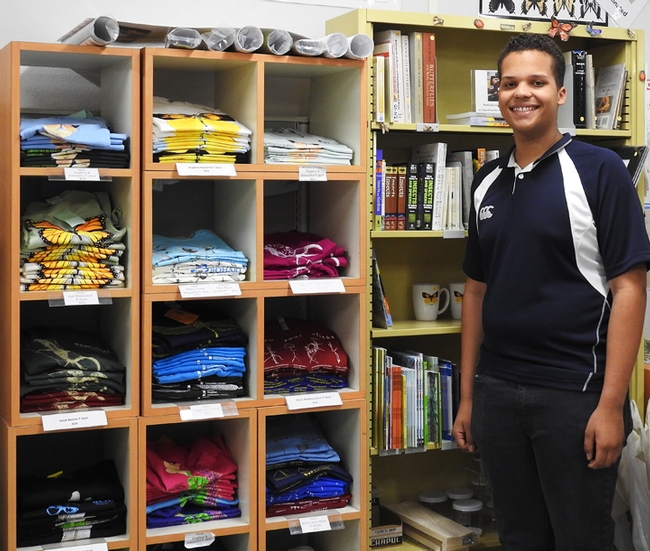
Bohart Museum volunteer Noah Crockette, a high school senior planning a career in entomology, stands by the many items in the museum's gift shop. (Photo by Kathy Keatley Garvey)
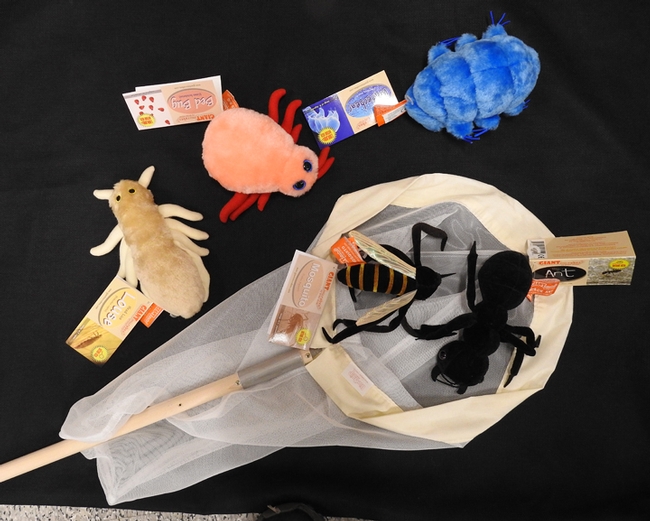
These are some of the stuffed animal critters available in the gift shop: (clockwise, from left) louse, bed bug, tardigrade, ant and mosquito. (Photo by Kathy Keatley Garvey)
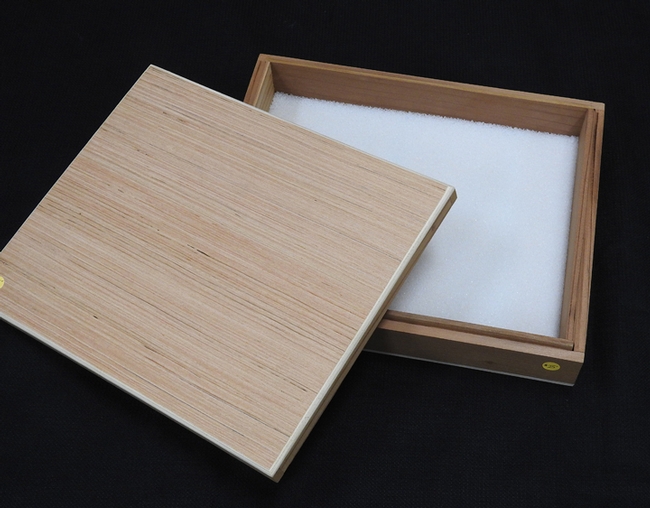
Entomologist Jeff Smith, who curates the Bohart Museum's butterfly and moth collection, has made these insect collection boxes, available at the gift shop. (Photo by Kathy Keatley Garvey)


